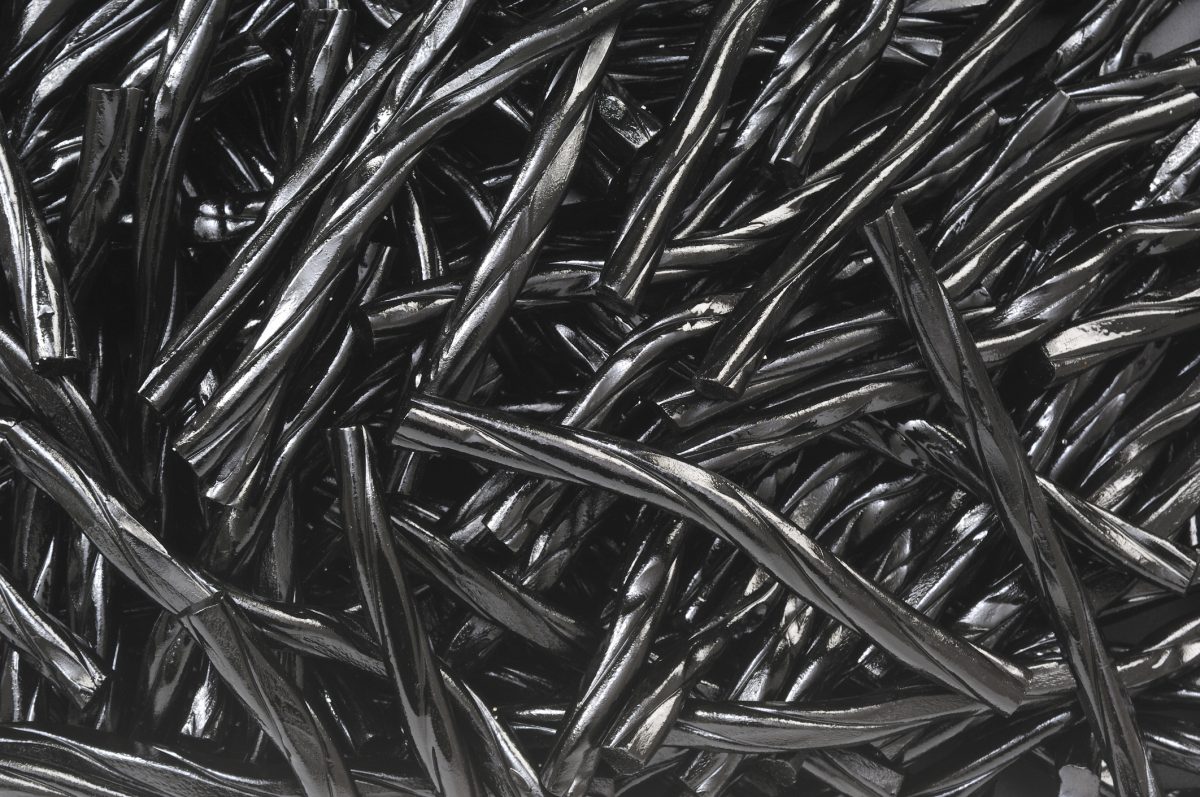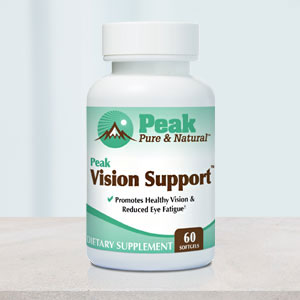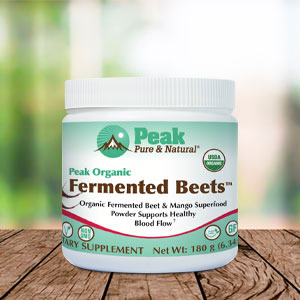When I was a kid, I developed a taste for licorice. Good and Plenty was my favorite candy.
I still love the taste of licorice, but as an adult I’ve switched to pure licorice.
But as someone with mild hypertension, I’m a LOT more careful about how much of the stuff I eat.
Licorice root has both good and bad effects on the body.
The World Health Organization has set guidelines for how much licorice it’s safe to consume.
But guess what? Now, they’re questioning those guidelines. And it looks like their judgment was off.
If you’re a licorice lover — and over 40 — you’ll want to read this…
The benefits of eating licorice
Licorice is a well-known herb in traditional Chinese medicine.
There are more than 300 compounds in licorice root, some of which have anti-inflammatory, antiviral, and antimicrobial properties.
Licorice drops are well-known for soothing a sore throat. In moderation, licorice can ease stomach discomfort and kill oral bacteria that cause tooth decay.
Research has even found that one of those compounds, glycyrrhizic acid, may help fight prostate cancer.
But glycyrrhizic acid is a double-edged sword…
The risks of eating licorice
An excessive amount of glycyrrhizic acid can cause serious imbalances in your electrolyte levels, particularly potassium. It also affects the body’s fluid balance through effects on an enzyme in the kidney.
Both of these can cause high blood pressure, which can trigger heart problems, including abnormal heart rhythms and congestive heart failure.
So, getting back to the WHO’s guidelines … just HOW MUCH black licorice can you safely enjoy without worrying about your blood pressure and heart?
The guidelines were wrong
The standing guidelines from the World Health Organization state that 100 mg of glycyrrhizic acid per day (about 3.5 ounces) is probably safe to eat for most individuals.
Researchers at Linköping University in Sweden had their doubts. They set out to test whether this limit is truly safe.
When you and I eat licorice, we don’t know how much glycyrrhizic acid we’re consuming.
But in this study, half of a group of 28 women and men aged 18-30 were instructed to eat licorice where the glycyrrhizic acid content was known to be exactly 100 mg.
The other half, the control group, ate a product that contained salmiak, which adds to the salty flavor of licorice.
At the end of two weeks, those who ate licorice saw their blood pressure increase an average of 3.1 mmHg.
In addition, those who ate licorice saw a decrease in renin and aldosterone, the two hormones that regulate the body’s fluid balance, another factor in causing hypertension.
About a quarter of the participants were especially sensitive to the effects of licorice. This group also had elevated levels of a protein that the heart secretes more of when it needs to work harder to pump blood through the body, N-terminal pro-brain natriuretic peptide (NT-proBNP).
So where does this leave licorice lovers?
As with all sweets, over-indulgence is not a good idea. But in this case, you’re not just looking to avoid weight gain. Too much licorice candy could land you in the hospital, or worse.
The FDA “encourages moderation,” while warning: “If you’re 40 or older, eating 2 ounces of black licorice a day for at least two weeks could land you in the hospital with an irregular heart rhythm.”
For me, licorice is an occasional treat. I limit myself to 1-2 pieces every few days.
Use good judgment. It’s probably best to treat yourself once every so often, rather than keeping a bag of licorice candy in your cupboard. That way, your risk of eating too much isn’t as great.
Sources:
Small amounts of licorice raise blood pressure, study finds — Science Daily
A low dose of daily licorice intake affects renin, aldosterone, and home blood pressure in a randomized crossover trial — American Journal of Clinical Nutrition
What are the benefits of licorice root? — Medical News Today
Read full article here




